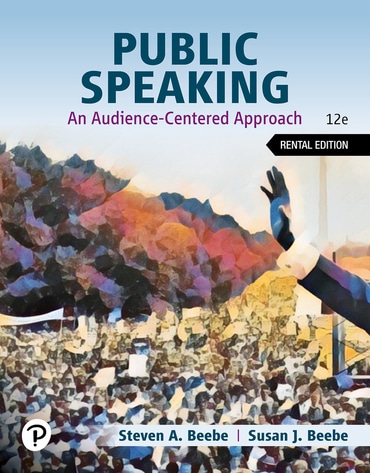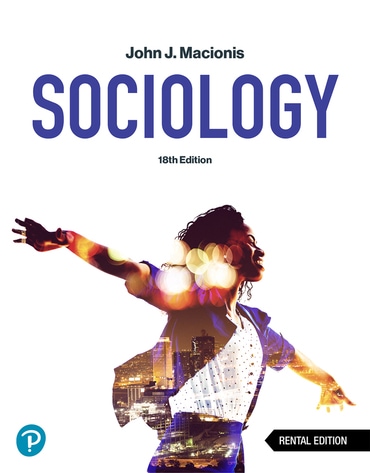Learn simple, effective strategies to achieve a healthy life without dieting from experts John Macionis and Myrna Garcia Haag. Discover cutting-edge nutrition techniques and personal success stories.
Humanities & Social Sciences
Products that engage and inspire
Course-specific resources by discipline

Revel
Revel® enables students to explore and apply concepts as they read, encouraging active participation in learning.

AI-Powered Study Tool
Our AI-powered study tool transforms mistakes into teachable moments, helping students build confidence and study smarter.

Pearson+
Pearson+ empowers students to choose how they learn best with easy-to-use eTextbooks and study tools.










Explore titles for arts, humanities & social sciences
Get tips to enhance meeting efficiency and effectiveness in this webinar that focuses on setting agendas and managing interactions for both leaders and participants.
Learn how to help students think culturally about development in adolescence and emerging adulthood, emphasizing the importance of understanding cultural context in modern times.










